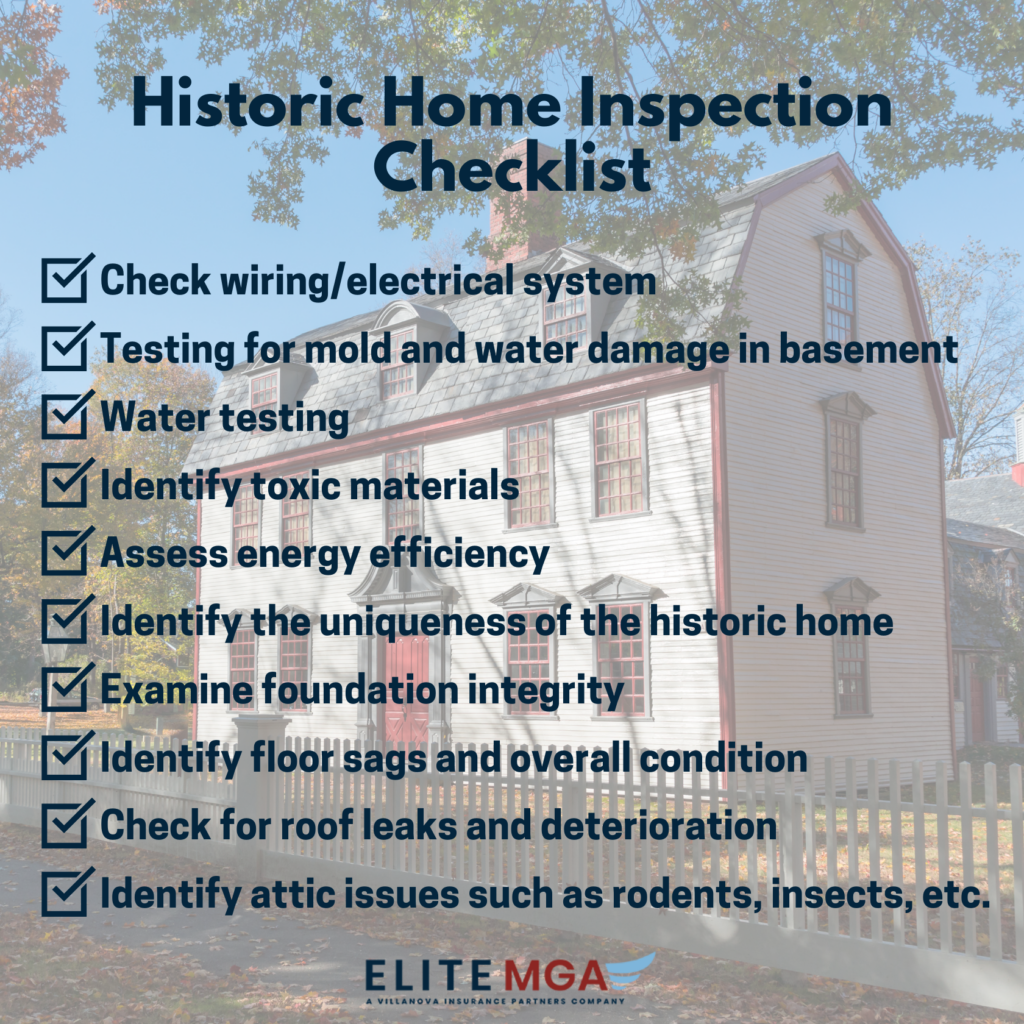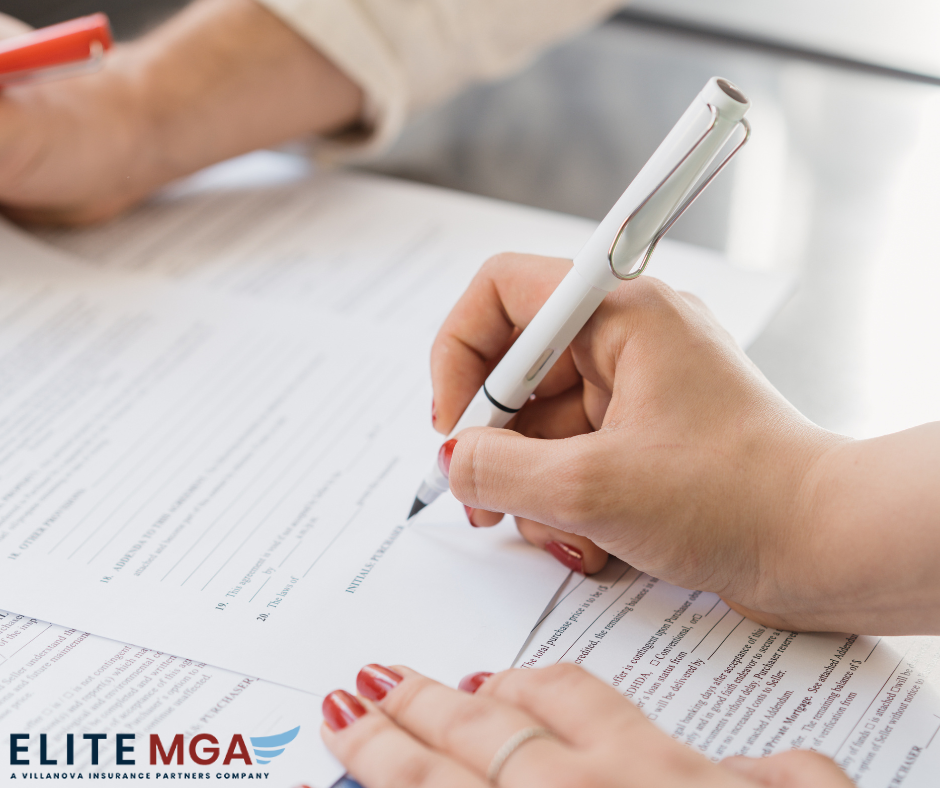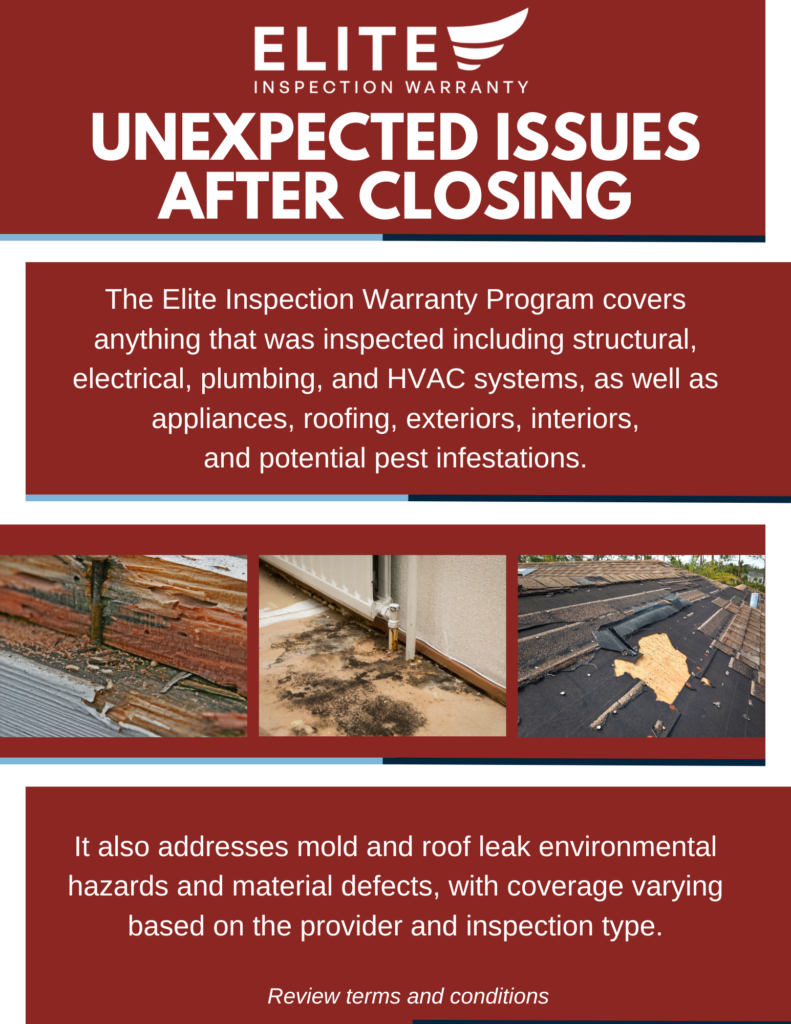Claims against home inspectors can and do happen. Therefore it is important to protect yourself with proper home inspection pictures. Taking photos is the most direct way of capturing evidence in response to a claim made against your home inspection work. Additionally, you can use these photos in your inspection report as references to point out findings from your inspection and help buyers and sellers make informed decisions. Taking home inspection photos may sound simple, but there is a lot to consider before you start clicking away.
How to Take The Best Home Inspection Pictures
Improving your home inspection photography is simple with a few key tricks.
- Start with the Right Equipment
- Use a camera with good resolution; most smartphones work well.
- Ensure the camera captures clear, detailed images for documentation.
- Exterior Photos
- Take wide shots of the entire exterior, including structures like gazebos.
- Capture the home from all angles for a complete view.
- Use drones for overhead shots to show the property layout.
- Interior Photos
- Photograph each room, ensuring full coverage.
- Take multiple shots from various angles to capture details.
- Focus on potential problem areas, like cracks or water damage.
- Highlighting Issues
- Use arrows or circles in photos to clearly indicate defects.
- Ensure problem areas are easily identifiable for those reviewing the images.
How Home Inspection Images Can Help Prevent Future Legal Issues?
Home inspection images are first and foremost for your client to help communicate the takeaways of the inspection and give them the confidence to negotiate. Inspection photos can also insulate you from false claims made years in the future. Listen to Joe Denneler discuss the importance of inspection images on Inspector Claim Talk.
What Inspection Images Should You Take During a Home Inspection?
The type of home inspection photos you should take fall mainly into five categories:
- Full Room Photos: These are establishment photos showing a room’s entire layout. Try and fit as much of the whole room as possible in a single shot. Since you can’t move the seller’s things, this serves as a reminder of how the room was staged and any areas that you were prevented from inspecting because of obstructions.
- Areas with Defects: This is a core part of the home inspection exercise. Identify regions and areas with faults (remember to use arrows and circles to highlight) that could have any impacts -small or large.
- Inaccessible Areas: If there are any, such as boarded/walled-off sections in a basement, make sure to take note of them in their current state, as well as how that information was obtained, e.g., architectural blueprints.
- Areas that are Concealed: These inspection photos point out areas in the home that are not easily identifiable.
- Areas without Defects: These inspection pictures can not only be used as evidence against a fault or damage claim, but also to showcase the state of the house.
How Many Inspection Photos Should an Inspector Take During Inspection?
You can never take too many inspection photos during a home inspection. There is no magic number, but that one photo might make the difference in a claim or lawsuit against you. There are no state requirements to take inspection photos or to include them in the inspection report. However, it is helpful to the client as well as for risk management purposes to take as many inspection photos as possible during a home inspection.
Should You Add Home Inspection Photos to the Report?
Absolutely! The inspection report is an official, objective document drafted by a professional home inspector after evaluating a house. It captures cumulative information about the condition of the house, outlining any and all issues with its structure and systems. Attaching home inspection photos to the descriptions given in the report is highly recommended, as any interested party will have a visual representation of any item or scenario being described.
The Future of Home Inspection Video
With the perpetual advancement of technology, it has become much easier to send large amounts of information in shorter and shorter times. By embracing this, home inspection pictures may be transformed into home inspection videos. The inspector will have a video recording device on their person as they carry out the inspection, giving any viewer a much more immersive experience than any picture could. The common video technology that inspectors can take advantage of today are 360-degree cameras, drones, and body cameras. Simply set up the 360 camera in a room and continue with your inspection while it is recording. Using a drone to fly over the roof provides a visual of inaccessible areas for the inspector. The simplicity and convenience this introduces to both parties make this a very viable possibility for the future of home inspection.
For more information about how to take home inspection photos to dispute false claims, contact our risk management department. As the only insurance carrier and provider dedicated to home inspectors, EliteMGA is committed to offering specialized insurance to meet the unique needs of home inspectors. Get a competitive quote today!





